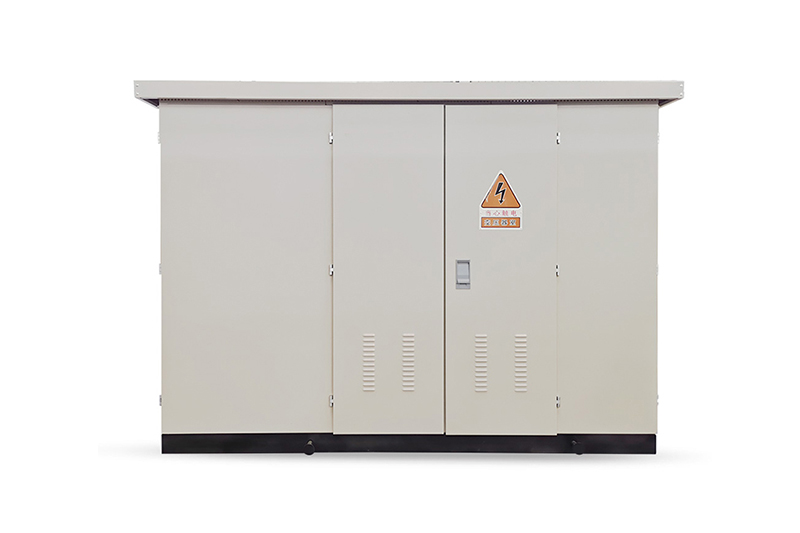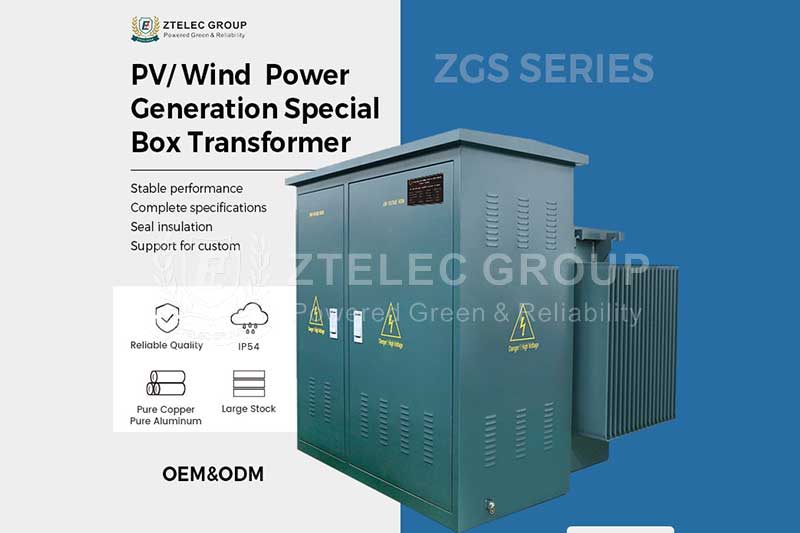How to Maintain a 35kV Oil-Cooled Transformer | Comprehensive Guide
Time:2025-05-9 Auther:ZTelec-www.ztelectransformer.com
In modern power systems, the 35kV oil-cooled transformer is a crucial component. Its operational condition directly impacts power supply reliability. This comprehensive guide details key maintenance methods, covering daily maintenance, regular maintenance, and special maintenance to ensure safe and stable operation.

1. Daily Maintenance
Appearance Inspection
Inspect the transformer’s oil tank, valves, radiators, and related parts daily for oil leaks. Address leaks immediately to avoid insulation or cooling issues.
Check for rust or damage on the outer shell. Apply rust prevention measures or repairs promptly to ensure structural integrity.
Oil Temperature Monitoring
Monitor transformer oil temperature in real-time using a thermometer.
The top oil temperature should not exceed 85°C and temperature rise should not exceed 55K.
If abnormal rises occur, inspect the cooling system and confirm if the load is too high.
Oil Level Check
Ensure the oil level remains within the normal range to maintain insulation and cooling performance.
Adjust oil levels as necessary following standard procedures.
Operating Sound Monitoring
Listen for a consistent humming sound during operation.
Investigate further if abnormal sounds such as discharges or uneven noise are detected.
2. Regular Maintenance
Oil Quality Inspection
Collect oil samples regularly to test breakdown voltage, dielectric loss, acid value, and moisture content.
Conduct comprehensive oil analysis every 1–2 years or more frequently in complex environments.
Filter, regenerate, or replace the oil if it fails to meet quality standards.
Winding DC Resistance Measurement
Measure winding DC resistance annually to detect poor contacts or broken wires.
Compare results with historical data to identify abnormalities early.
Insulation Resistance Measurement
Use an insulation resistance meter to measure winding-to-ground and inter-winding resistance.
Investigate reduced insulation resistance promptly to prevent operational risks.
Cooling System Maintenance
Inspect cooling fans, oil pumps, and related equipment regularly.
Clean coolers to enhance heat dissipation efficiency.
Ensure normal circulation in forced oil systems by checking oil flow relays.
Gas Relay Inspection
Check for gas accumulation in the gas relay and analyze samples if present.
Ensure gas relay responsiveness to maintain protective functions.

3. Special Maintenance
Overload Operation Maintenance
Monitor oil temperature, oil level, and winding temperature closely during overloads.
Increase inspection frequency and apply load reduction or enhanced cooling measures as needed.
Post-Short Circuit Inspection
Conduct thorough tests after a short circuit, including winding deformation, insulation performance, and DC resistance measurement.
Repair or replace damaged components based on test results to restore safe operation.
Post-Lightning Strike Inspection
Check if lightning arresters have activated and record related data.
Inspect transformer insulation and perform insulation tests to confirm safety.
4. Establishing Maintenance Records
Maintain detailed maintenance records including dates, content, test data, and fault handling. This documentation facilitates tracking the transformer’s operational status and identifying potential issues early. Maintenance personnel must strictly follow safety protocols to ensure secure and effective work.
By implementing standardized maintenance practices, the operational stability and service life of 35kV oil-cooled transformers can be significantly enhanced.




